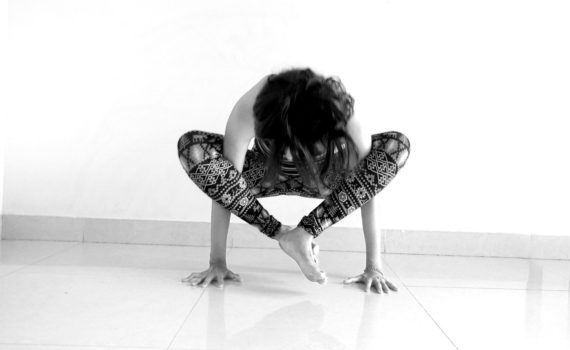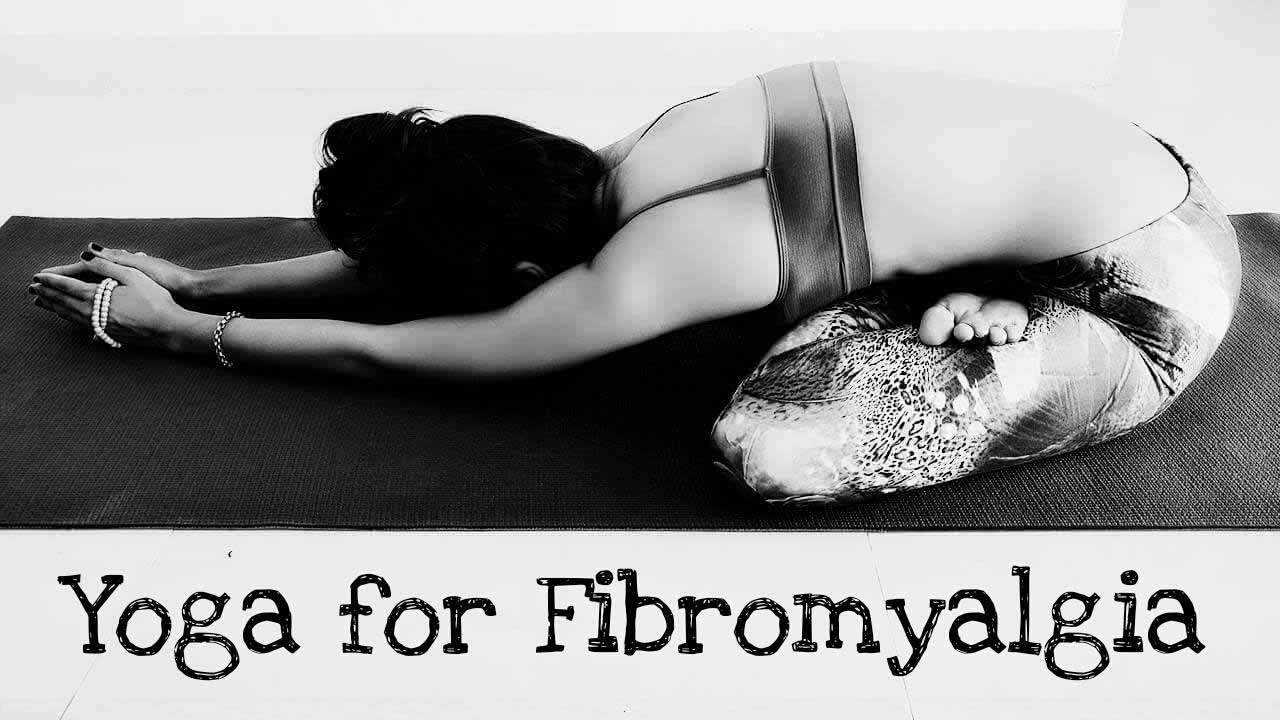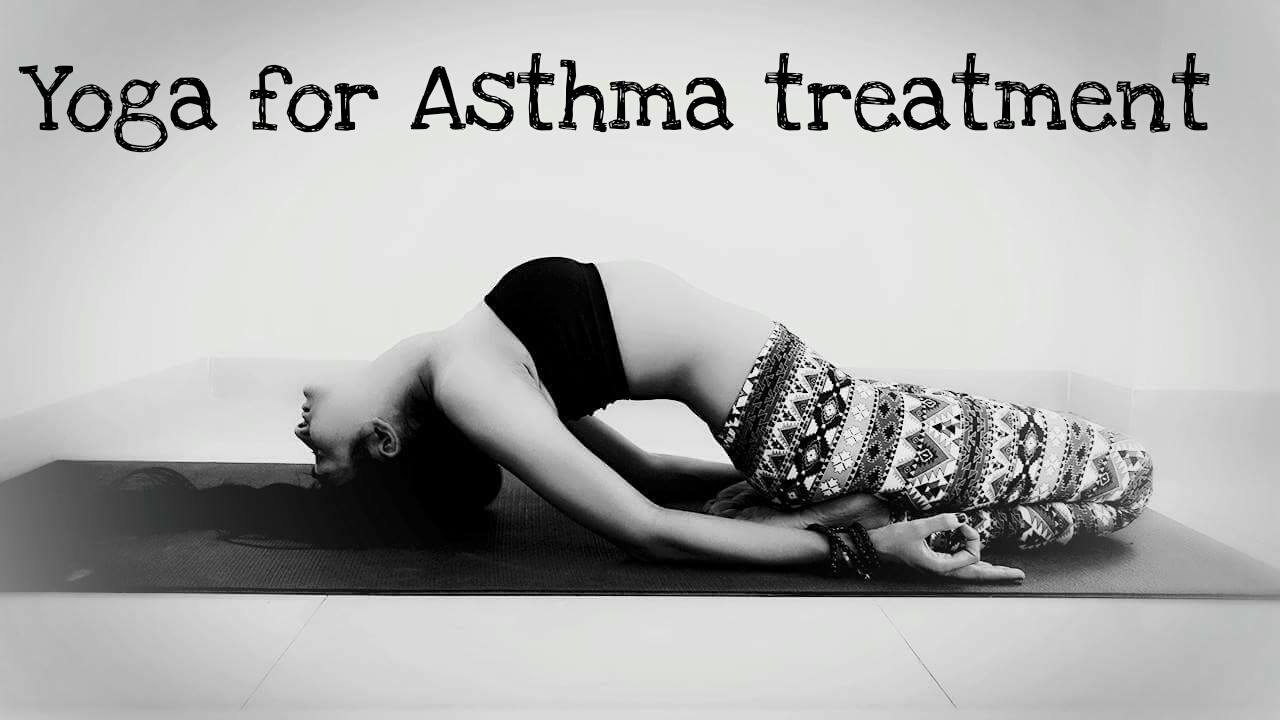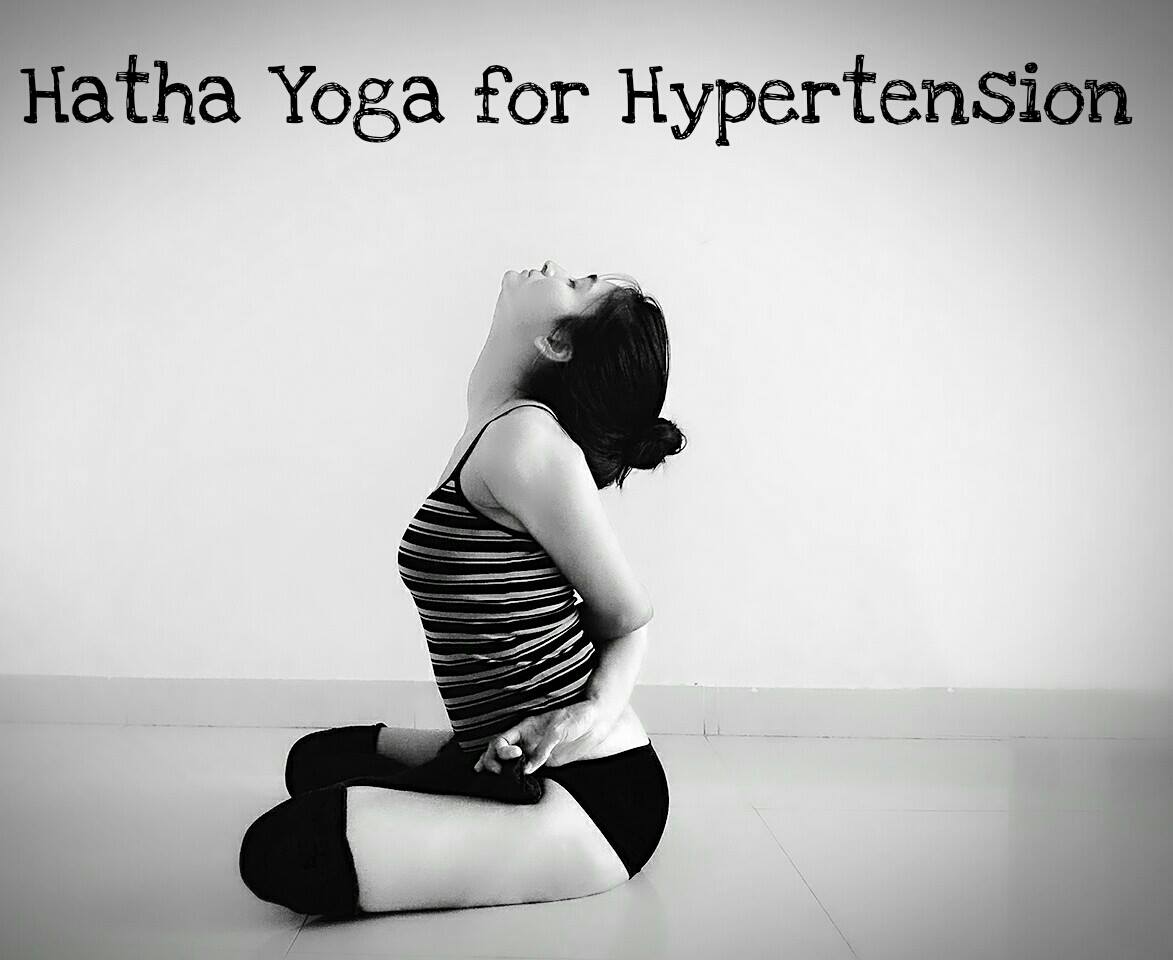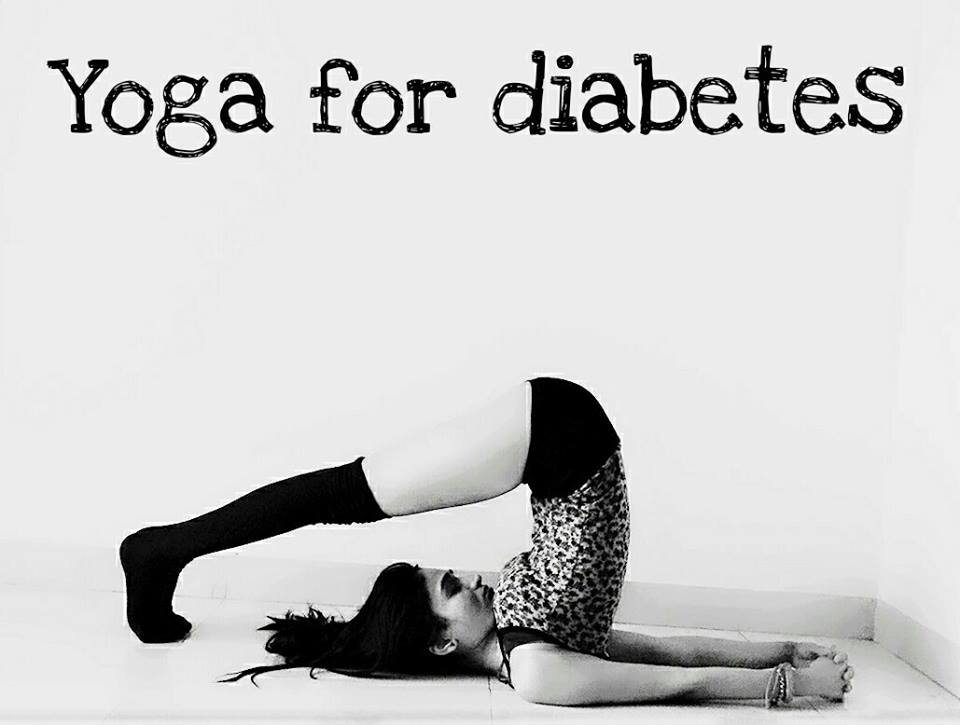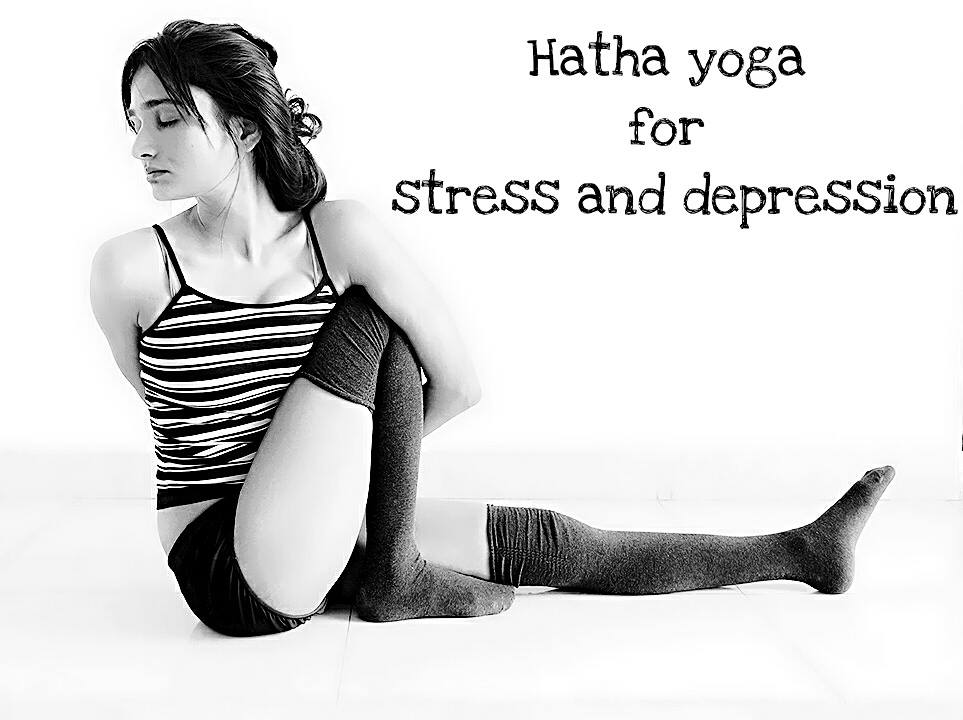Science behind How Yoga is beneficial for persistent pain conditions
Category : Yoga
Yoga originated in India and has been practiced for approximately 4,000 years. The goal of yoga is to unite the mind and body in a way that promotes health.
Although there are different schools of yoga, there are key elements that cut across most of these schools, including breathing exercises (pranayama), postures (asanas), and meditation (dhyana).
The Hatha yoga protocol applied to the management of persistent pain, include relaxation techniques, breath control techniques and gentle postures tailored to specific individual needs.
Several scientific explanation are given on the benefits of yoga for persistent pain conditions.
Some of them are as follows
Physiological changes
The regular practice of yoga can produce physiological changes that helps to alter the pain experience, say decreases in sympathetic nervous system activity (e.g., decreases in heart rate).
A study was conducted to determine whether novices to yoga would be able to reduce their heart rate voluntarily and whether the magnitude of reduction would be more after 30 days of yoga training. The result of the scientific study clearly suggested that yoga training can enable practitioners to use their own strategies to reduce the heart rate, which has possible therapeutic applications. [source link]
Yoga practice has proven to aid in reductions in inflammatory markers (e.g., tumor necrosis factor, interleukin-II, CRP).
An 8-week regimen of yoga introduced in patients with heart failure in addition to standard medical therapy has shown that Yoga improved exercise tolerance, positively affected levels of inflammatory markers and there was also a trend toward improvements in quality of life. [source link]
Studies has shown that Yoga helps to improve mood, significant decrease in symptoms of depression, anxiety, negative mood and fatigue. Hence, Yoga successfully helps in reduction of stress markers (e.g., cortisol). [source link]
Yoga practice increases in flexibility, strength, circulation, and cardiorespiratory capacity.
In 2004, the Nephrology Department of Uludag University Faculty of Medicine conducted clinical research in patients with end-stage renal disease. In which, 37 clinically stable hemodialysis patients participated and were divided into two groups. The modified yoga-based exercise group has 19 patients and 18 were in the control group. Yoga-based exercises were done in groups for 30 min/day twice a week for 3 months. All of the patients in the yoga and control groups were given an active range of motion exercises to do for 10 min at home. The main outcome measures were pain intensity (measured by the visual analogue scale, VAS), fatigue (VAS), sleep disturbance (VAS), and grip strength (mmHg); biochemical variables– urea, creatinine, calcium, alkaline phosphatase, phosphorus, cholesterol, HDL-cholesterol, triglyceride, erythrocyte, hematocrit–were evaluated.
After 12 week, improvement of the variables in the yoga-based exercise program was found to be superior to that in the control group for all the variables except calcium, phosphorus, HDL-cholesterol and triglyceride levels. [source link]
Behavioral changes
Building a regular practice of yoga may produce behavioral changes that influence pain. There was an interesting Yoga study, which shows that the duration of daily practice is related to same day improvements in pain, as well as next day improvements in pain, fatigue, invigoration, acceptance and relaxation. [source studie]
Psychological changes
There has been many scientific research which demonstrated that yoga can produce psychological changes, such as increased awareness of mental and physical states. This in turn may help patients better understand their pain.
Yoga has also been shown to increase the frequency of positive emotions [source link], which could potentially undo the physiological effects of negative emotions, broaden cognitive processes (e.g., taking a broader perspective on problems), and build physical (e.g., improved sense of health), social (e.g., improved social support) and psychological (e.g., optimism) resources [source link].
Yoga may also increase pain acceptance—the willingness to experience pain and acknowledge negative thoughts and emotions [source link], while remaining committed to pursuing valued goals.
Finally, it is possible that yoga can lead to improvements in self-efficacy for pain control.
Final conclusion
Yoga has shown promising results for managing persistent pain.
Yoga could be used as a tool to help patients better address the biological, social, and psychological aspects of persistent pain.
